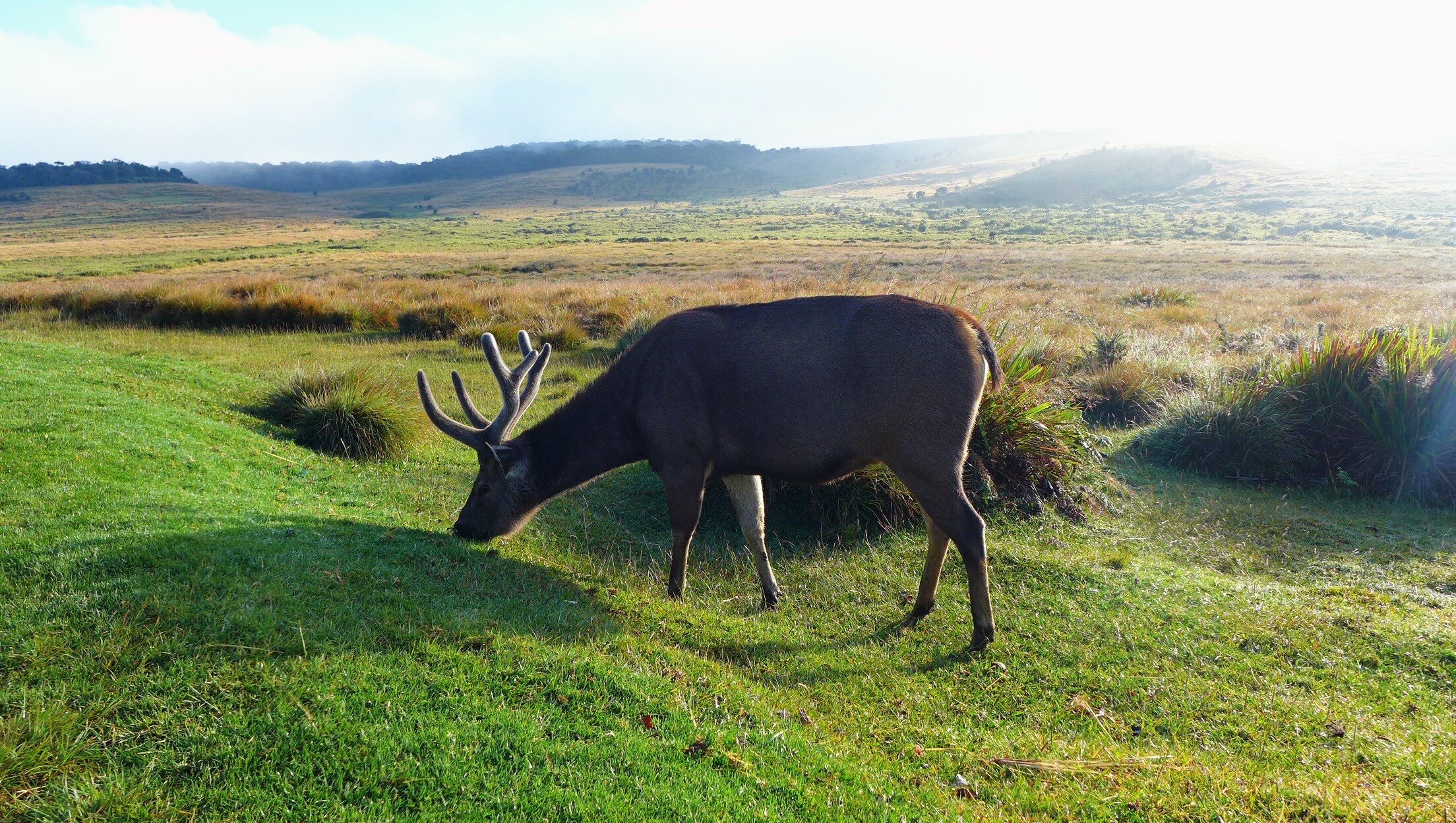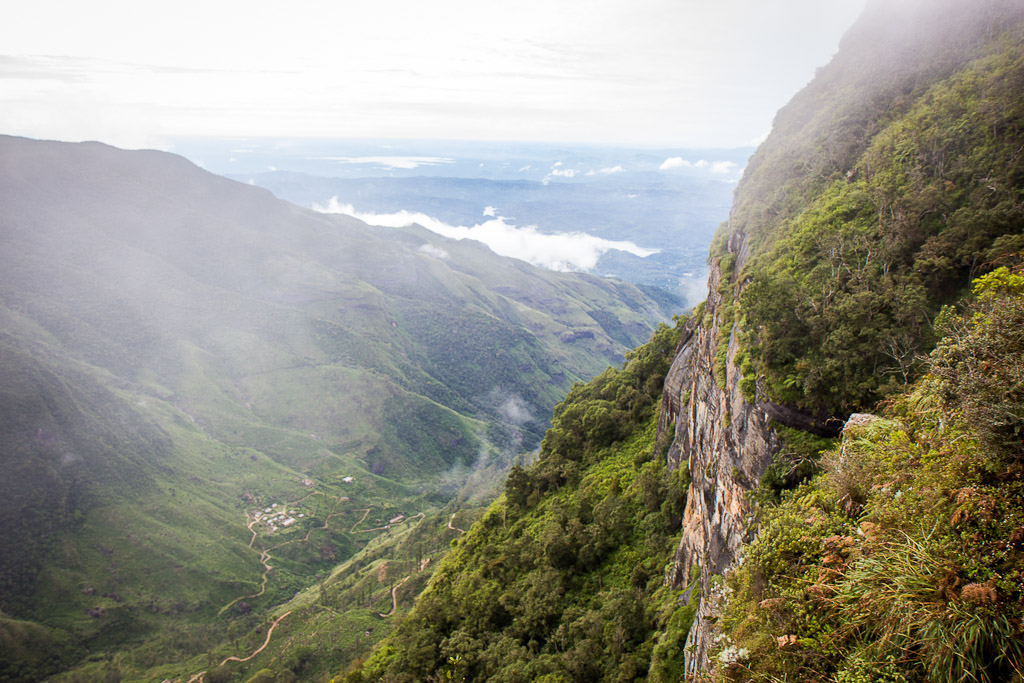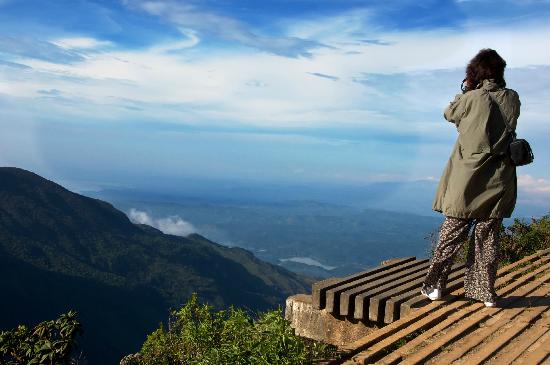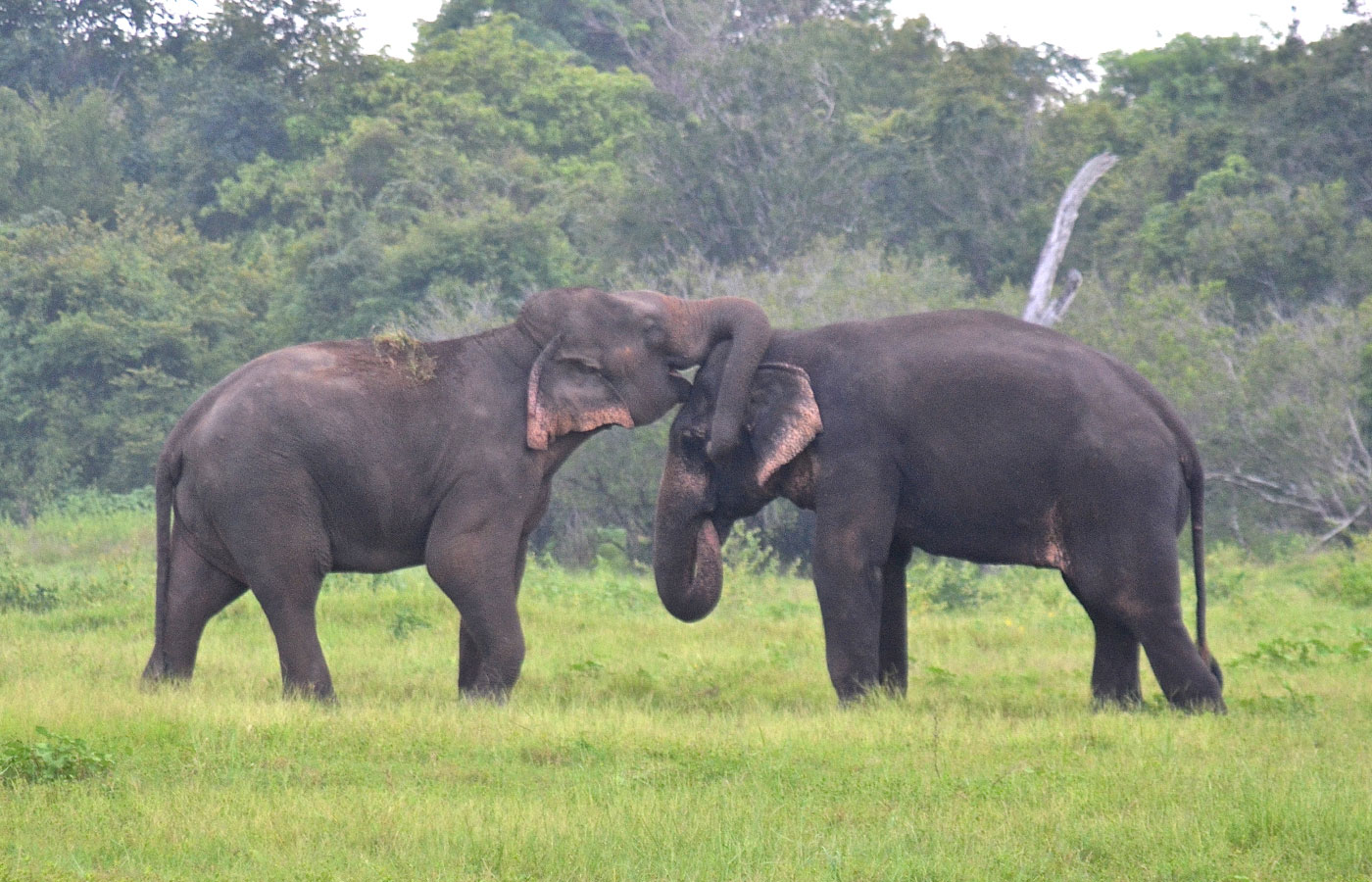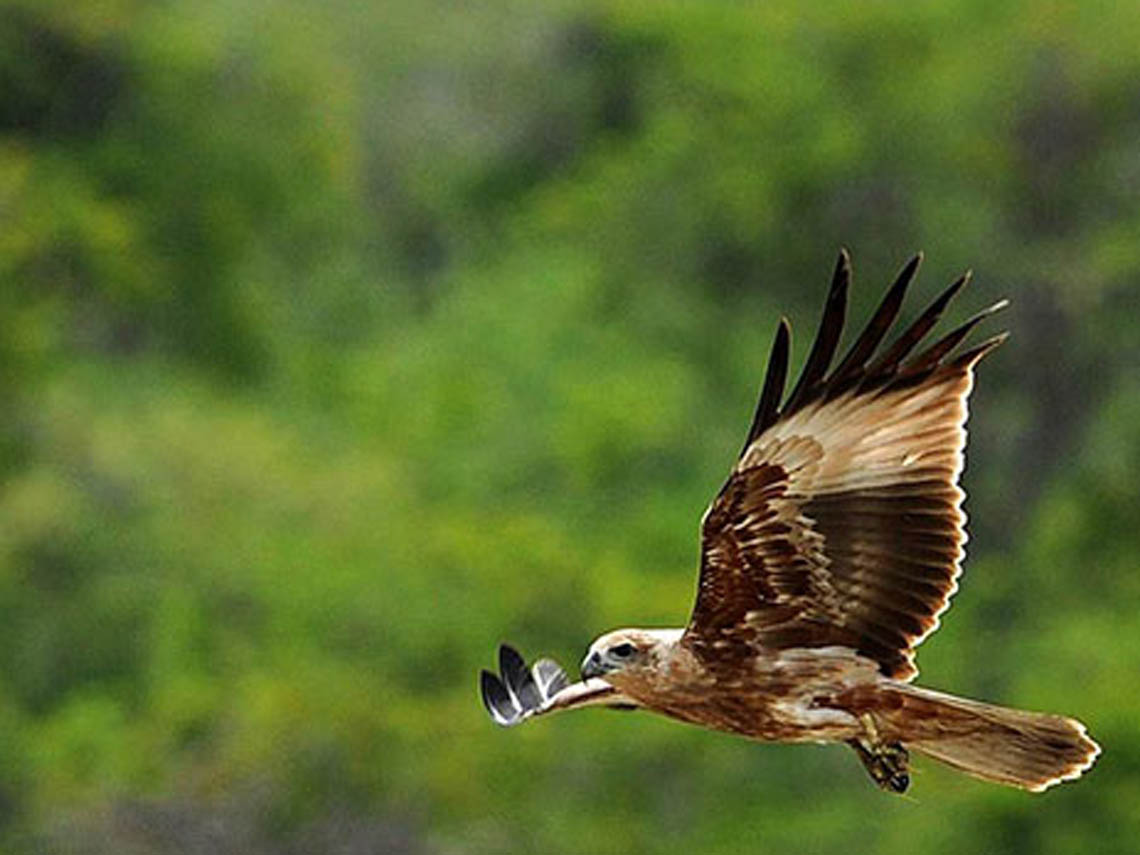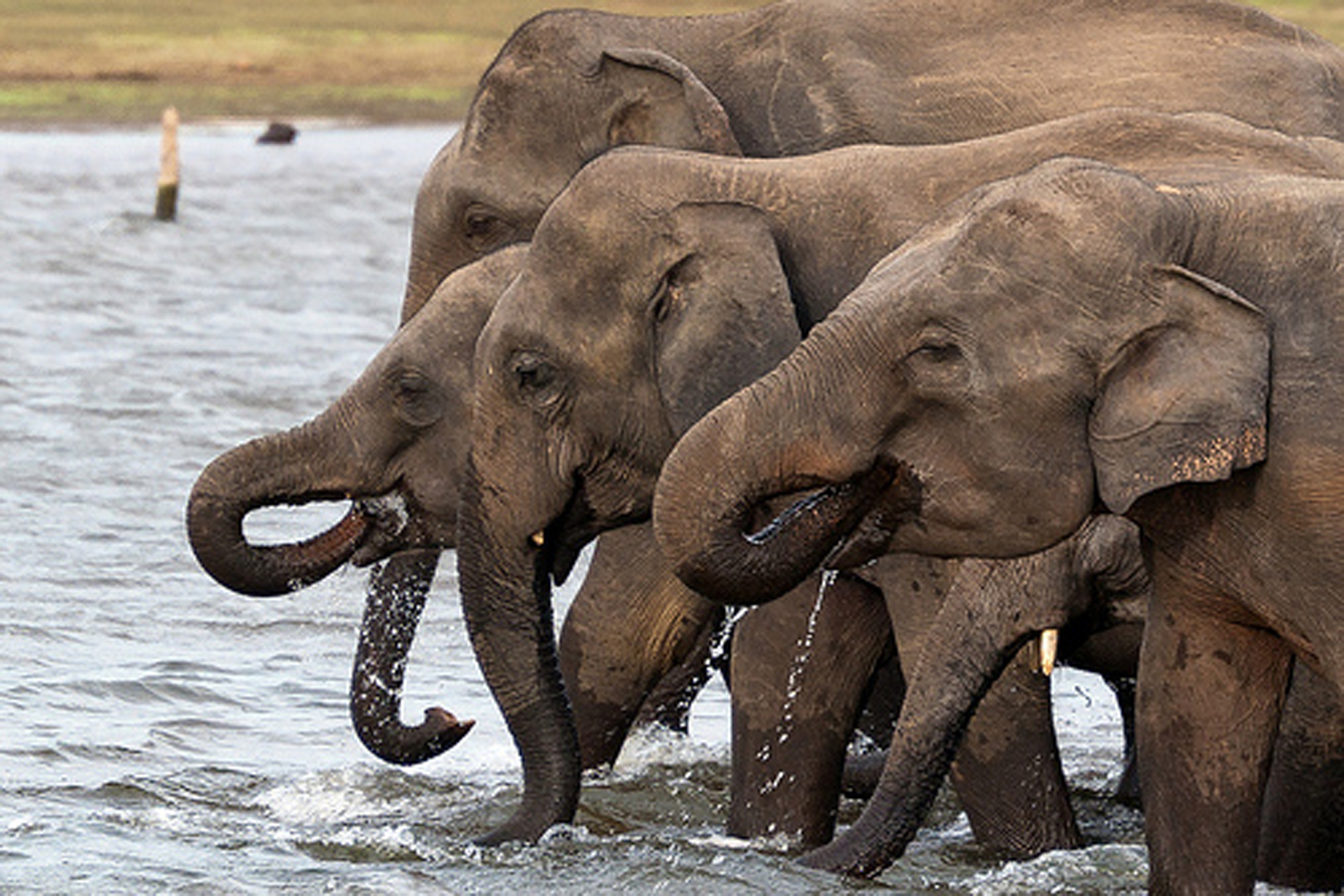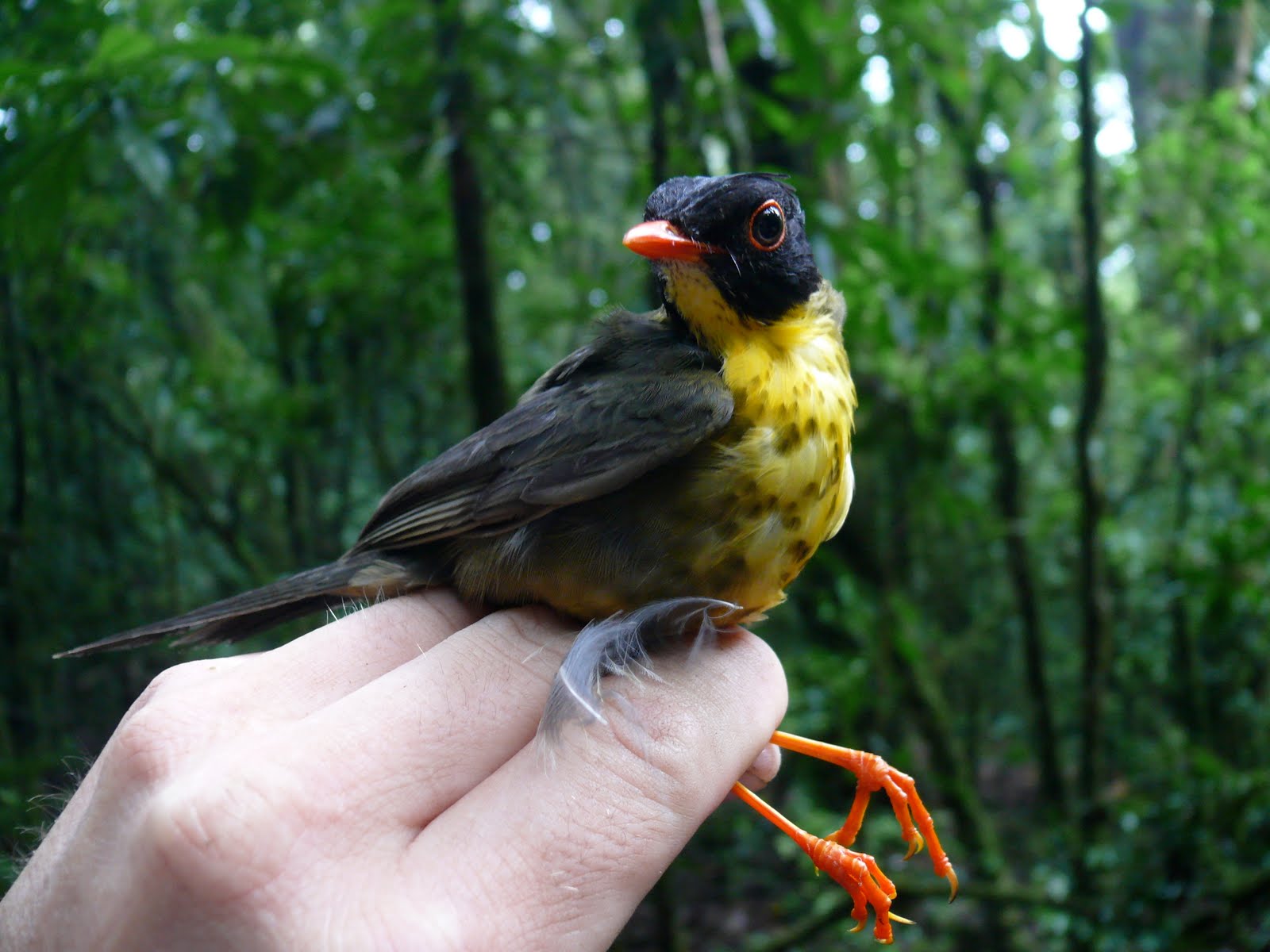Wildlife Safari Sri Lanka
There are so many thrilling wildlife safaris you could choose from, and you'll find that most are suitable for families. You'll see a lot of elephants and birds, be able to take lots of photographs, as well as experience our unique ever smiling mix of people and cultures. You'll simply have a great time here!
A wide range of National Parks, nature reserves and safari lodges and camps have been established throughout Sri Lanka, covering vast areas of bio-diverse terrain, all the way from Willpattu National Park in the north of the country, down to Yala National Park in the south with many others in between. Plenty of wildlife for you to see and lots to do, and no, not about hunting that was done away with about a century ago, after the Sri Lankan elephant population were decimated by big western game hunters. You're out there to enjoy, get close to and photograph Sri Lankan wildlife and birds in their natural environment. On your Sri Lankan safari Tour you'll also tour through some outstanding scenery.
Popular wildlife national parks in Sri Lanka
Yala National Park
The most visited and the second largest wildlife observation park of the country. The reason why this is a must visit of any tourist is because of the large herds of elephants and leopards ruling the entire jungle zone with a much higher density than anywhere else in Sri Lanka. Other than for the wild boars, butterfly species, reptiles and deer there are several other sites which one can visit such as the Sithulpauwwa Ancient Rock Temple which accommodated 12,000 monks. And the bridal stage of the Queen who devoted her life to the sea – Queen Vihara Maha Devi is also within the park premises. Out of all the 90 bird species within Yala Park range around 40 of them are migrant while the others are endemic and could be captured only on a serious travel-o-holic visit!
Bundala National Park
An internationally prominent lodging ground of the migratory water birds at Sri Lanka harboring more than 190 bird species in the season. You would be able to spot large flocks of greater flamingos near the watery areas of Bundala. The park is the first site to be declared as a Ramsar site and was also designated a biosphere reserve by UNESCO. With 07 terrestrial habitat types and 06 wetland types the dry shrubs are the mostly found plant life at Bundala. In numbers, a total of 383 plant species belonging to 90 families, 324 species of vertebrates including 32 species of fish, 15 species of amphibians, 48 species of reptiles, 197 species of birds and 32 species of mammals, 52 species of butterflies as invertebrates are residing at Bundala.
Udawalawa National Park
Lying at the borders of the Uva and Sabaragamuwa provinces of Sri Lanka, the national park at Udawalawa was established as a sanctuary for wild animals displaced by the construction of the reservoir crossing Walawe River. Udawalawa is rated for the migrant birds and friendly wild elephants which could be sited at various open locations. Apart from the large herd of elephants of approximately 250 in numbers the rusty-spotted cat, fishing cat and Sri Lankan leopard makes Udawalawa their home. White wagtail, vblack capped kingfisher, cormorants, spot-billed pelican, Asian openbill, painted stork, black headed ibis and Eurasian spoonbill are some migrants that never misses Udawalawa at their travel.
Wilpattu National Park
Located 30km west of Anurdhapura, and to the south of Wilpattu National Park is River Modergam Aru; to the north is River Kalay oya. February to October is the best time to visit Wilpattu. Wilpattu National Park has a good network of gravel roads, particularly between the water holes which are the best places to observe wild life. A unique complex of over 50 wetlands like “everglades” called "Villu" is the most prominent feature of the national park jungle. Jeep Safari is the regular norm in exploring the Wilpattu National Park. While the big 4 of Sri Lankan wild life the Leopard, Elephant, Sloth bear, Deer, endemic birds can be sighted easily during a half day safari, During the safari, the tourists aren’t supposed to get off the jeep at the tracks of the wild animals and expose themselves to the possible encounters in the wilderness. With the trackers at the Wilpattu National Park guiding the wildlife safaris, the visitors are always safe though in the thick of wilderness.
Wasgamuwa National Park
Located in the district of Matale, between Polnnaruwa and Habarana, 225 km away from Colombo, Wasgamuwa is the best place to observe Elephants. The nearest large town is Polonnaruwa, 10 km from the northern boundary. The best time to enjoy the sight of large herds is during November to May. In the rest of the year the elephants tend to migrate to nearby Minneriya and Kaudulla National Parks. Other wildlife includes Purple faced langur monkeys, wild boar, sambar and spotted deer, buffalo and rarely sighted leopards and sloth bears. Among the reptiles are water monitor, mugger crocodile, estuarine crocodile and python.
Minneriya National Park
Minneriya national park is located 182 kms away from Colombo, in the North Central Plains of Sri Lanka. The major city closest to Minneriya National Park is Polonnaruwa. The recently renovated, the ancient Minneriya Rainwater Reservoir irrigates a considerable area of the district of Polonnaruwa and is the focal point of the Minneriya National Park. May to October is the best period to visit Minneriya National Park in view of the famous Gathering of the wild elephant herds. The gathering is documented as the largest known meeting place of Asian Elephants in the world. During the dry season of August to September each year, herds up to 300 elephants are seen within a few square kilometers of the vast Minneriya Reservoir. This Elephant Gathering is a thrilling spectacle that would be remembered for rest of the life of all those who were fortunate enough to witness it. 24 species of mammals and over 170 species of birds have been recorded here and out Of the 25 species of reptiles recorded in the park 8 are endemic.
Horton Plains National Park
Horton Plains in Sri Lanka, is the coldest and windiest location in the country. It consists of ecosystems such as Montane evergreen forests, grasslands, marshy lands and aquatic ecosystem. At an altitude of 2,100 meters above sea level, Horton Plains spreads across over 3,169 hectares of the highest tableland of the island. In view of the large number of endemic flora and fauna species, Horton Plains was declared a UNESCO World Heritage Site on 30th July 2010.
Kaudulla National Park
Kaudulla National Park, 6,900 hectares in extent, is one of the more recently established National Parks in Sri Lanka. It is situated 197 km from the City of Colombo, in the North Central Province, just 30km away from Polonnaruwa. The wildlife sanctuary was designated a National Park in 2002 and serves as a elephant corridor for migrating Elephants from Minneriya and Wasgamuwa National Parks in the north central and the Somawathiya National Park in the north east regions.
Kaudulla is historically important as it is one of the famed 16 irrigation tanks built by King Mahasen in 1959. The park mainly consists of a mix of dry scrub forest and grasslands. The tank which dominates the background of the Park is an important meeting place for hundreds of species of wildlife which popularly includes hundreds of Elephants who come to water at the reservoir, especially during the dry seasons. Others include 24 species of mammals such as Sambar deer, Axis deer, Monkeys, Wild boar, Chevrotain, Sloth bear and the more elusive Leopard and Grey slender loris. Birdlife International has recognized Kaudula National Park as an important bird area, where 160 of species of birds have been identified; some of them are Spot-billed pelican, Lesser adjutant, Asian spoonbill, Grey-headed fish eagle, Black-headed ibis, Painted and open-billed storks, Peacock and the Giant eagle. However the photographer’s favourite are the thousands of pelicans flocked together enjoying the water at sunset. Also identified here are 26 species of fish which include Oreochromis mossambicus, 25 species of reptiles; Freshwater turtles such as the Indian Flap-shelled turtle and Indian black turtle and an endemic species of amphibian - Fejervaryapulla.
The best time to visit the park is between August and December, particularly during September and October when the largest gathering of Elephants can be witnessed. Visitors also have the opportunity to take a memorable paddle boat ride across the reservoir, an excellent means of observing birds at close range.
Sinharaja Rain Forest
The Sinharaja (Lion King) rainforests occupy a broad ridge at the heart of the island’s wet zone. The only way to get about the reserve is by foot, and excellent park rangers (at the park entrance) or freelance guides (available through local hotels) can lead you along slippery trails, pointing out the wealth of stunning plant, bird and animal life. Entrance tickets are sold at the main Forest Department office at Kudawa and at Deodawa, 5km from Deniyaya on the Matara road.
On most days the jungle is shrouded by copious rain clouds, which replenish its deep soils and balance water resources for much of southwestern Sri Lanka. Recognising its importance to the island’s ecosystem, Unesco declared the Sinharaja Forest Reserve a World Heritage Site in 1989.
Sinharaja is bordered by rivers: the Koskulana Ganga in the north and the Gin Ganga in the south. An old foot track that goes past the Beverley Estate marks the eastern border, close to the highest peak in the forest, Hinipitigala (1171m). Towards the west the land decreases in elevation.
The reserve comprises 189 sq km of primary and modified forest, measuring about 21km east to west and 3.7km north to south. It was once a royal reserve, and some colonial records refer to it as Rajasinghe Forest. It may have been the last redoubt of the Sri Lankan lion.


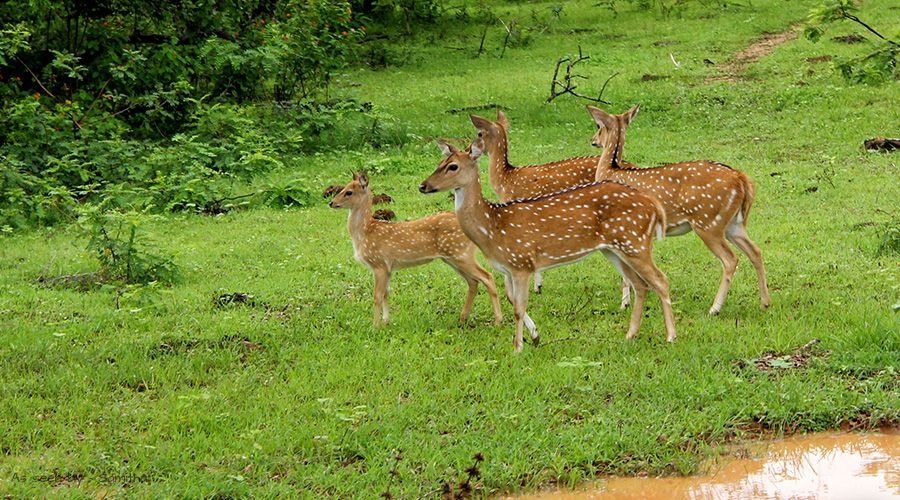
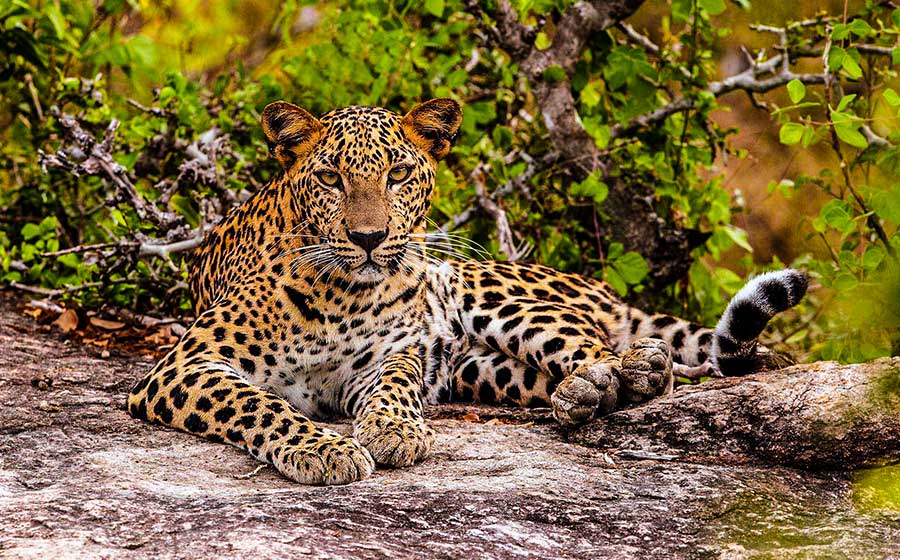
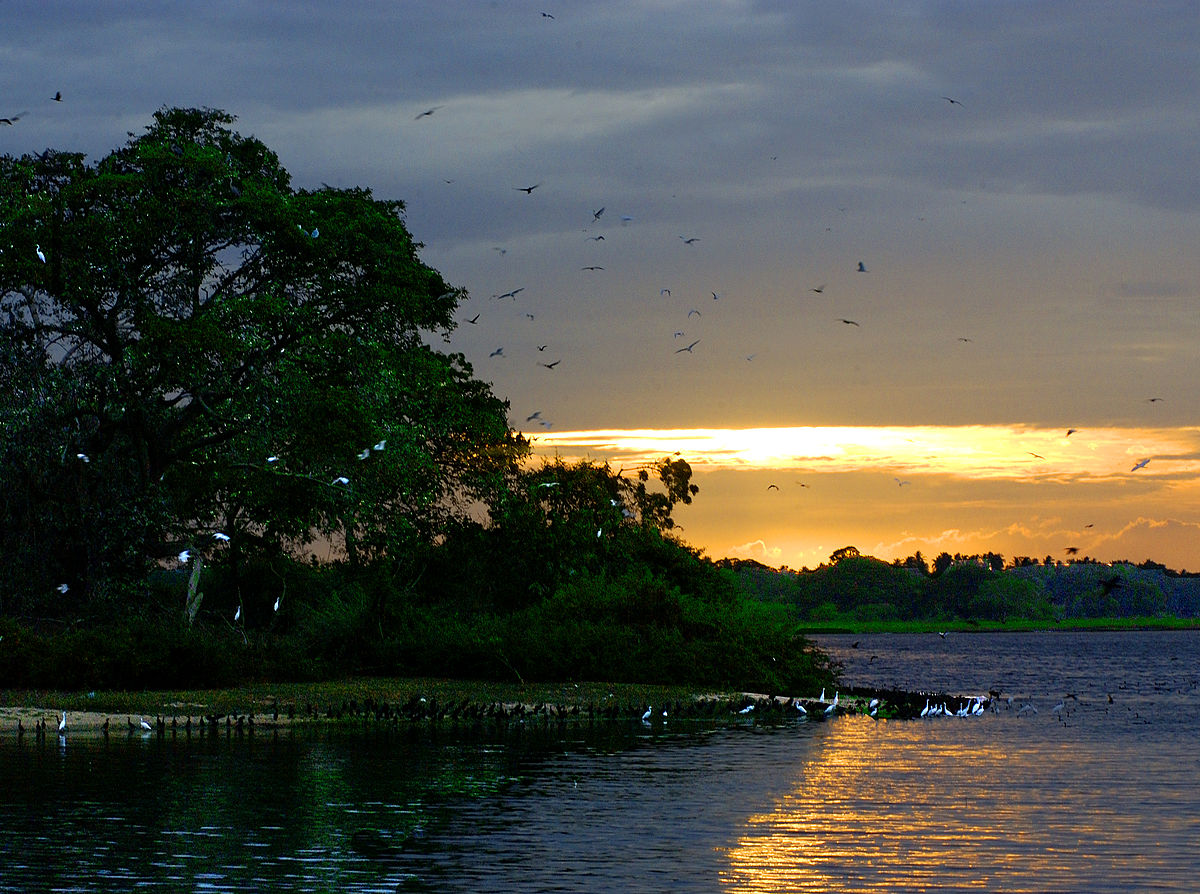

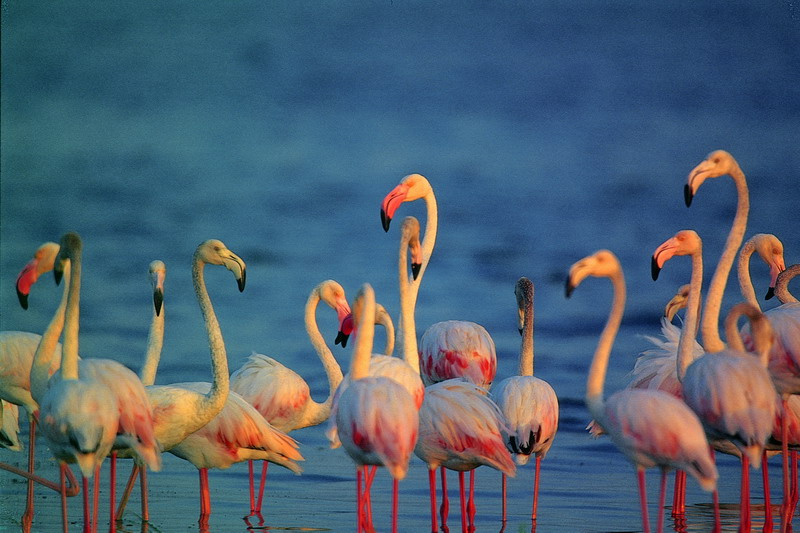



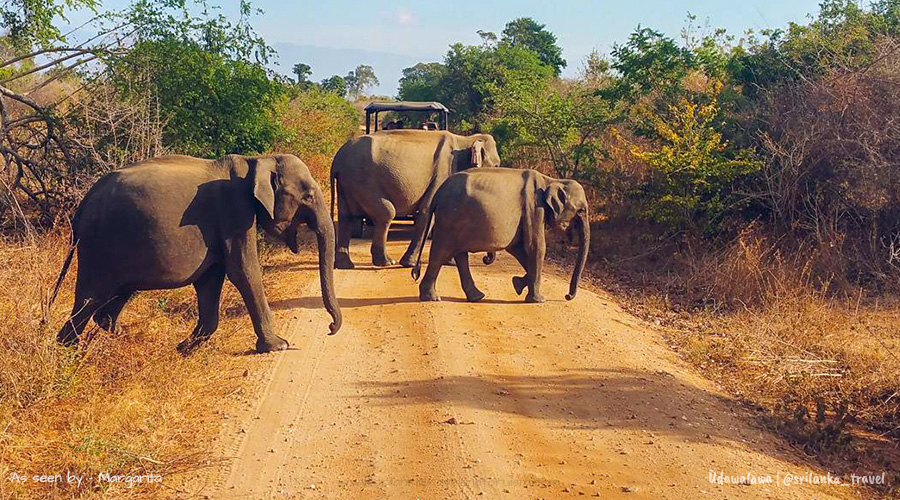
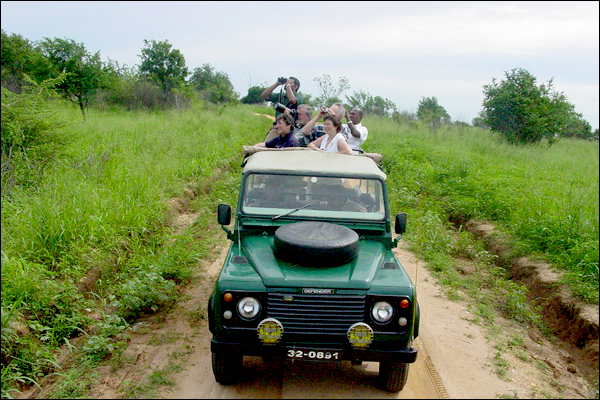
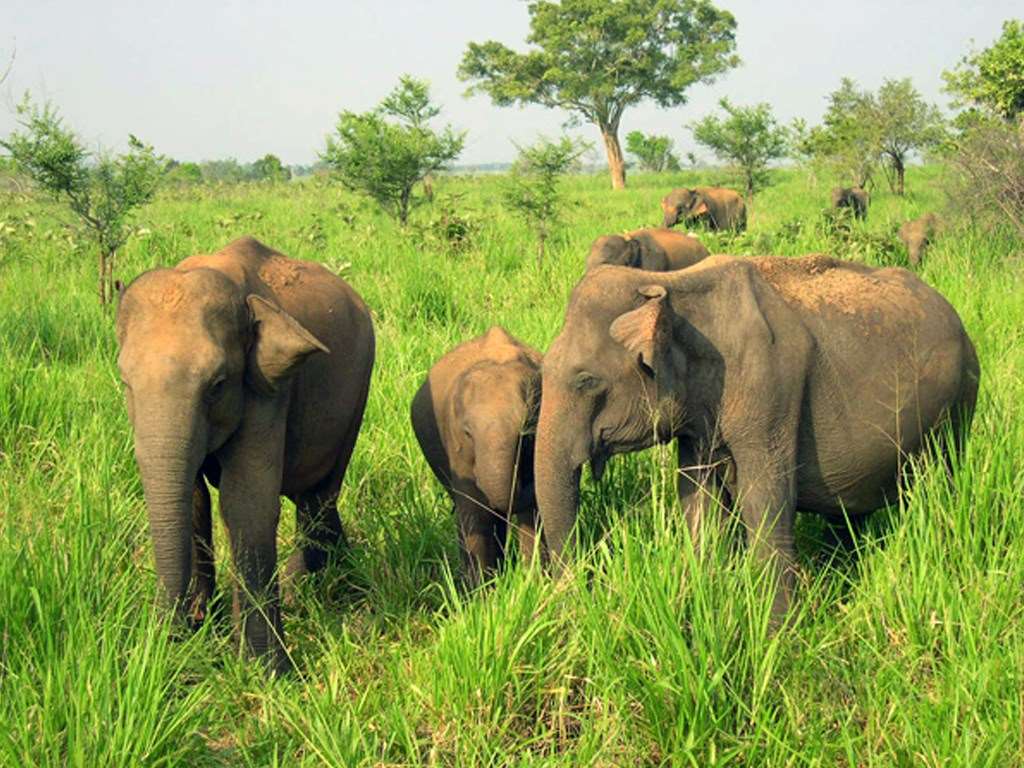



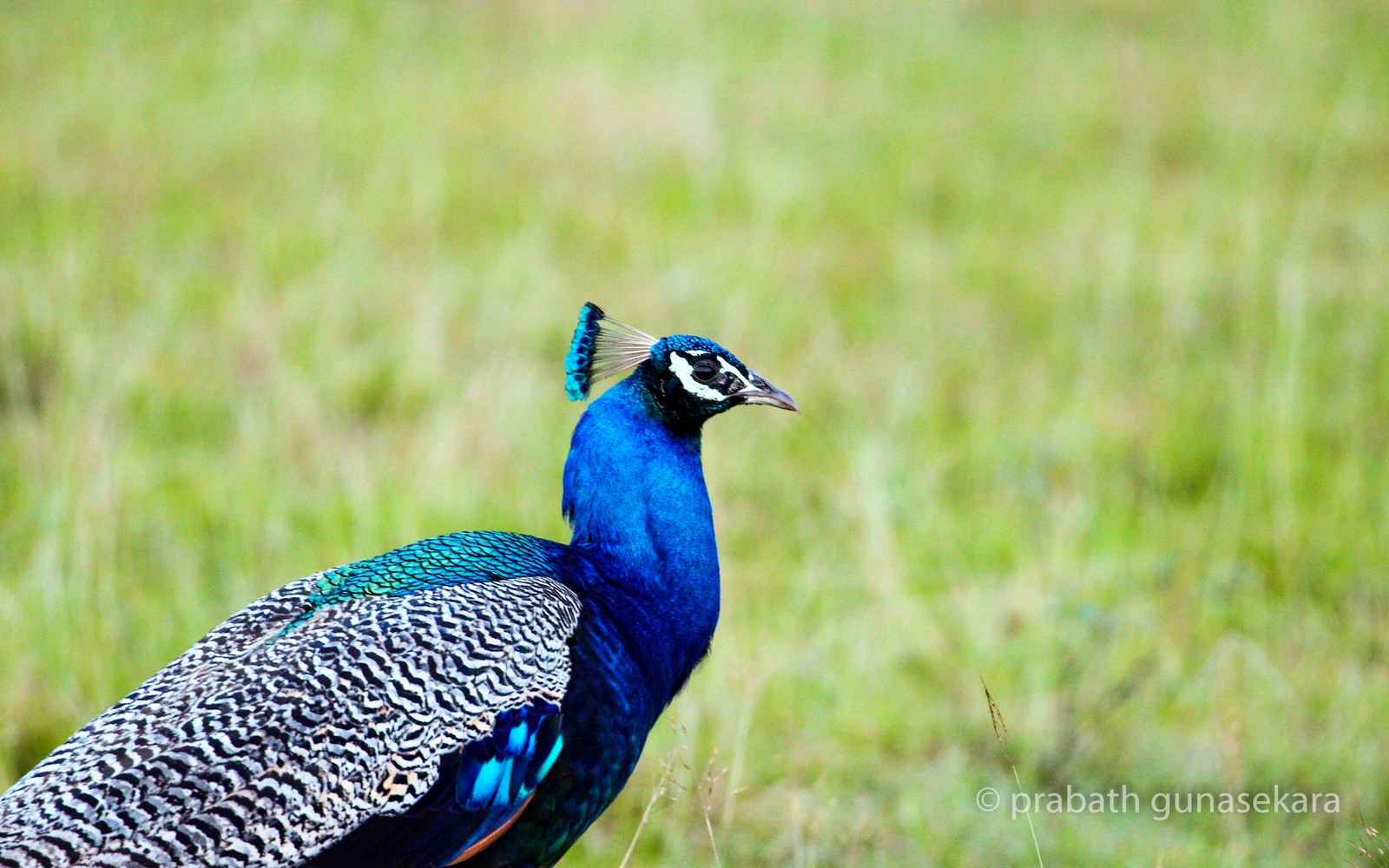

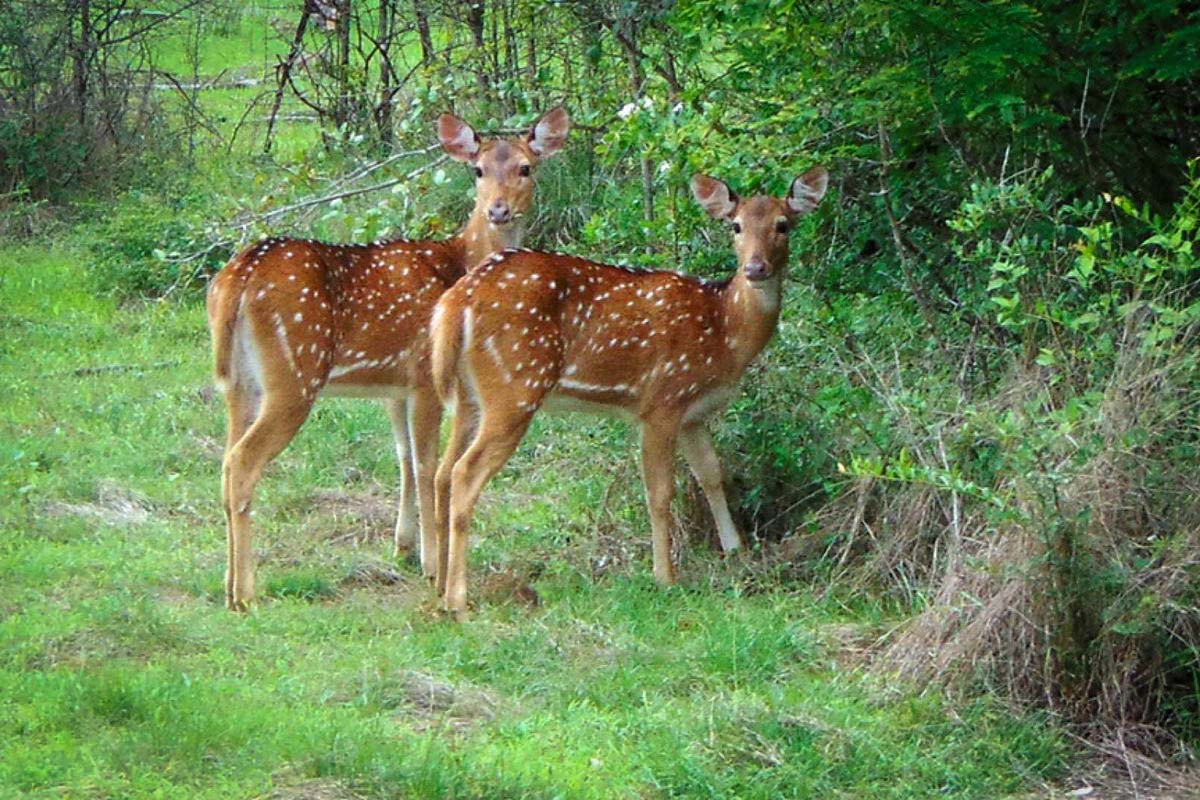


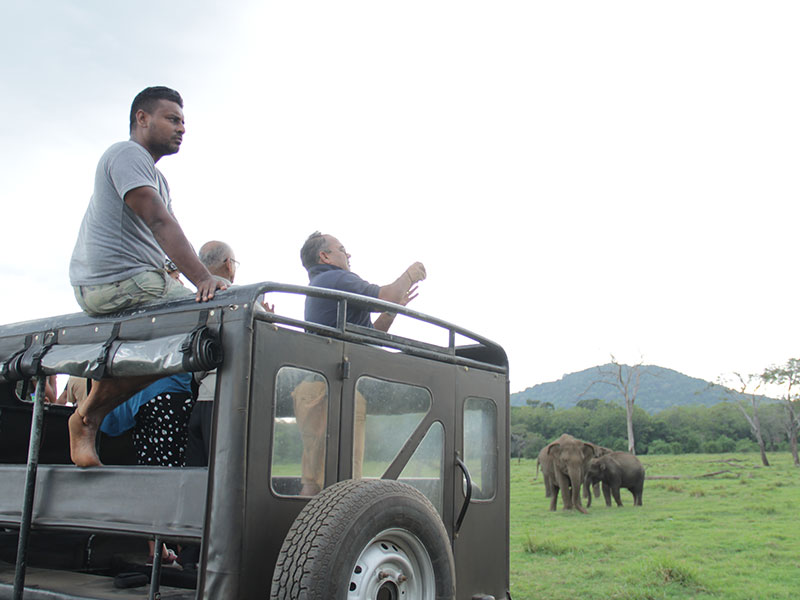
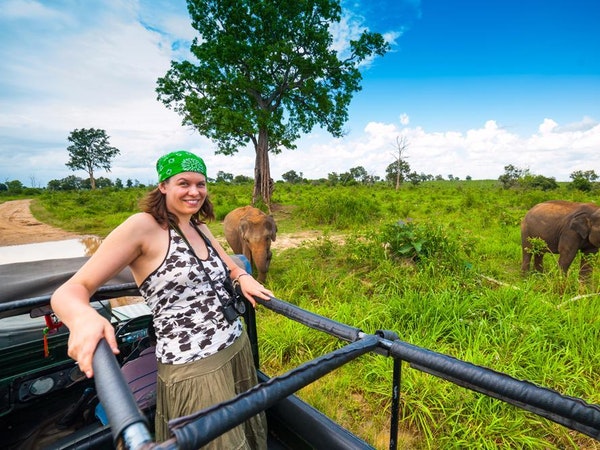
.jpg)

